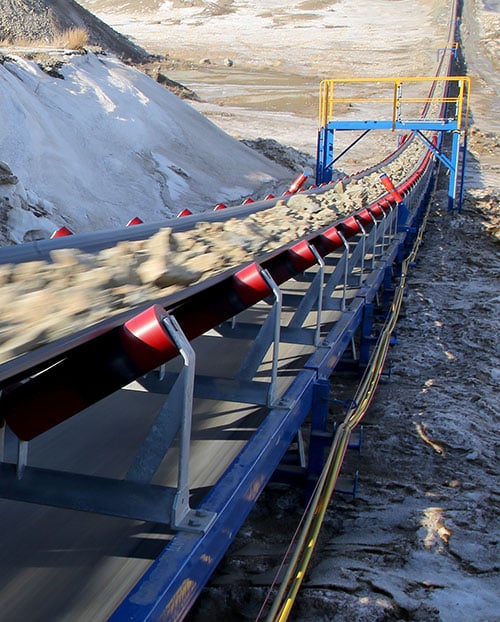
Linear actuators can be powered by electricity, pneumatic, or hydraulic power. Here are the pros and cons of each type of actuator.
Linear actuators are a critical driving force in many types of manufacturing and other industrial settings. They can use electricity, hydraulic fluid, or compressed air as a power source, and each type offers its own set of advantages and disadvantages. In some instances, the availability of power can dictate which type of actuator you choose, but you have a choice.
So which is best—electric, hydraulic, or pneumatic? Here are some key considerations for each type of actuator.
Resource: If you’re having trouble finding cylinders right now because of supply issues, consider ISO cylinders.
Electric Actuators
To operate this type of actuator, an electric motor generates high-speed rotational motion that turns a screw which drives the linear movement. To increase torque, a gearbox is installed between the motor and the screw.
Pros
- Electrical cylinders offer the greatest operating precision and the quietest operation
- Electricity is easily scalable to provide needed force, speed, or stroke length
- Electrical applications can be networked and programmed, to control operations and provide diagnostic and maintenance data
Cons
- Up-front costs are highest compared to other actuators
- Electric motors are very large
- Electricity is not suitable for environments that may contain hazardous or flammable materials
- Electric actuators may not deliver the needed speed that pneumatic or hydraulic delivers
- Overall electrical capacity may not be enough to reliably handle the workload required
- If the power goes out, work stops. In some industries, if the production process is interrupted—or there is even a small variance in electricity flow—the entire batch must be jettisoned resulting in costly loss.
Hydraulic Actuators
Hydraulic actuators push fluid into the cylinder to move the piston forward. Increasing pressure increases force, and modifying the flow rate controls speed. Piston retraction is accomplished with a spring or by applying fluid pressure in the opposite direction.
Pros
- Because hydraulic fluid is not compressible, it can generate tremendous force for movement or for stop-and-hold operation
- A hydraulic actuator can produce 25x as much force as a pneumatic actuator
- Hydraulic cylinders can deliver higher horsepower per weight than pneumatic cylinders
- Holding does not require continuous fluid application
- Hydraulic actuators can operate at very high speeds
Cons
- Hydraulic systems are comprised of multiple components, increasing service and potential repair points
- Fluid can leak, which reduces the actuator’s efficiency and can cause contamination damage to equipment and/or the production process
- Even when used with noise-reduction equipment, hydraulic systems are very noisy
Pneumatic Actuators
Pneumatic actuators use compressed air to drive the piston inside the cylinder. These actuators offer simple design and broadly versatile application options. And since they don’t use a motor, they don’t have potentially hazardous components.
Pros
- Compressed air is readily available in a wide range of industrial and manufacturing facilities, eliminating the need to install a special hydraulic system or to run electrical power to multiple points throughout the facility
- Pneumatic cylinders are low-cost
- They are highly reliable and able to consistently meet both accuracy tolerances and repetition tolerances
- Pneumatic actuators can withstand hot and cold temperature extremes without sacrificing performance
- No worries about contamination due to fluid leakage
- No added expense for hydraulic machinery maintenance and replacement
- Less concern about power outages
Cons
- The compressor must be located relatively nearby to prevent undue loss of pressure in transit
- Even if the cylinder is at rest, the compressor may need to run continuously to maintain operating pressure
- It is necessary to accurately size pneumatic actuators for the specific job
Shop air typically delivers 80-100 psi at most, so pneumatic actuators cannot produce the high load force that hydraulic cylinders can provide. However, that’s not necessarily a disadvantage since many applications don’t require extreme power to move equipment and consistently control operations.
Find out more
For an in-depth look at the different types of actuators, download our comprehensive guide. If you have specific questions, we’re here with answers. And if a pneumatic cylinder seems to be the optimal choice for your application, we can help you choose the correct size and configuration.


